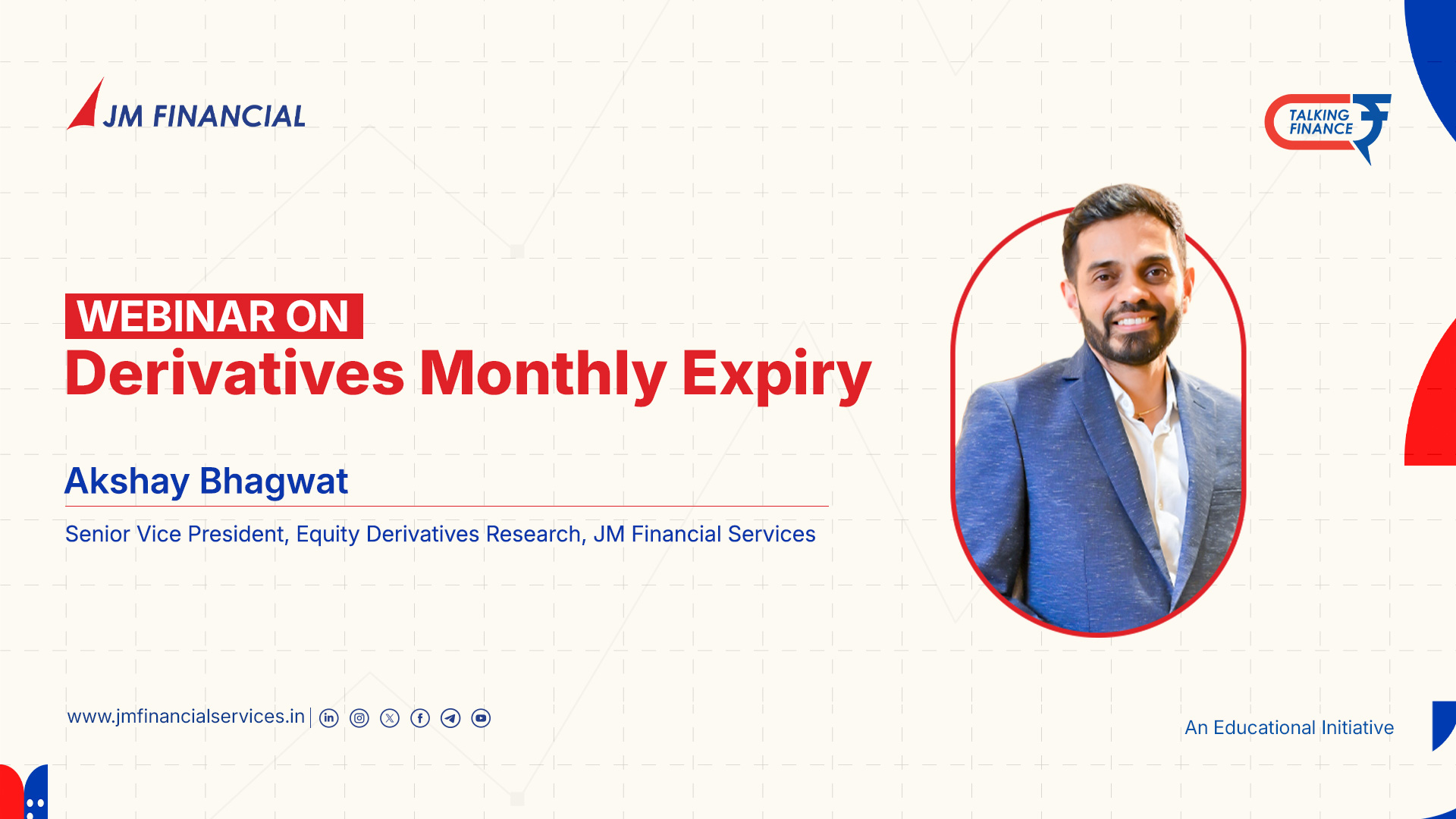Foreign Direct Investment - Types Of FDI
When you hear the term "Foreign Direct Investment" (FDI), it might sound a little technical at first. But in reality, FDI is just a fancy way of talking about companies or individuals investing directly into businesses in another country.
It’s not just stocks or bonds; we’re talking real businesses, real factories, real jobs — the whole package.
Now, not all FDIs are created equal. There are actually different types of FDI, and understanding them can be pretty useful, especially if you’re someone who’s curious about how global economies are stitched together.
Types Of FDI :-
1. Horizontal FDI:
Imagine you own a coffee chain in France, and things are going great. You decide, "Hey, people in Canada love coffee too, right?" So you open the exact same chain over there. Same brand, same menu, same everything.
That’s Horizontal FDI.
It’s when a company replicates its business operations in another country — often to expand its customer base, tap into new markets, and sometimes even dodge hefty tariffs.
Example:
McDonald's setting up outlets in India, Japan, or Brazil. The burger stays (mostly) the same, but the location changes.
2. Vertical FDI: Building the Supply Chain Abroad
Now, suppose one company’s coffee chain depends heavily on coffee beans from Ethiopia. Instead of buying from third parties, company decide to buy a coffee plantation in Ethiopia. Smart move, right?
That’s Vertical FDI.
Here, businesses invest in operations that are part of their own supply chain but in a different country. It could be either:
- Backward Vertical FDI: Moving closer to raw materials (like our coffee beans).
- Forward Vertical FDI: Getting closer to customers by investing in distribution or retail outlets.
Example:
A car company setting up a parts manufacturing plant in Mexico to supply parts back to its factories in the U.S.
3. Conglomerate FDI: Trying Something Totally New
Let’s say company’s coffee business is doing amazingly well, and now company want to diversify. So, company invest in a fashion brand in Italy. Coffee and fashion? Not related at all, right?
This is called Conglomerate FDI — investing in a completely different industry in a new country.
Why would someone do this?
Mostly to spread risk. If the coffee business ever faces trouble (say, bad harvests or changing consumer tastes), the fashion business might still thrive.
Example:
A U.S.-based tech firm buying a stake in a French winery. Totally different worlds — but sometimes, that's the point.
4. Platform FDI: Investing to Expand Elsewhere
Platform FDI is a little more strategic. Here’s how it goes:
Suppose your company is based in Germany. You decide to set up a factory in Poland — not just to serve Polish customers, but because Poland offers cheaper labor and easy access to the rest of Europe.
From that factory, you export products across neighboring countries.
That’s Platform FDI — setting up operations in one country mainly to export to others.
Example:
A Japanese car company setting up a manufacturing unit in the UK (pre-Brexit!) to supply cars across Europe.
Benefits of FDI :-
You might wonder — why go through all this trouble?
Well, companies don’t throw darts at a map. They’re pretty strategic about where and how they invest. Some reasons include:
- Cost efficiency: Cheaper labour, raw materials, or lower taxes.
- Market access: Getting closer to consumers.
- Resource access: Gaining control over critical materials or suppliers.
- Risk diversification: Not putting all their eggs in one basket.
And sometimes, honestly, it’s just about survival. In today’s competitive world, staying stuck in one country is often not enough.
Final Thoughts: FDI Is Closer to Our Lives Than We Think
At first glance, FDI might seem like something only economists, CEOs, or politicians should worry about.
But if you really look around, you’ll realize FDI touches your life more than you think.
The phone you’re using? Probably designed in one country, assembled in another, with parts from five different places.
The clothes you’re wearing? The brand might be local, but the manufacturing is likely global.
Even the coffee shop you love could be part of a bigger international story.
Understanding FDI gives you a glimpse into how connected our world truly is. And in a way, it’s kind of fascinating — millions of people, businesses, and governments all intertwined through investments that cross borders.
- PAN Card
- Cancelled Cheque
- Latest 6 month Bank Statement (Only for Derivatives Trading)





